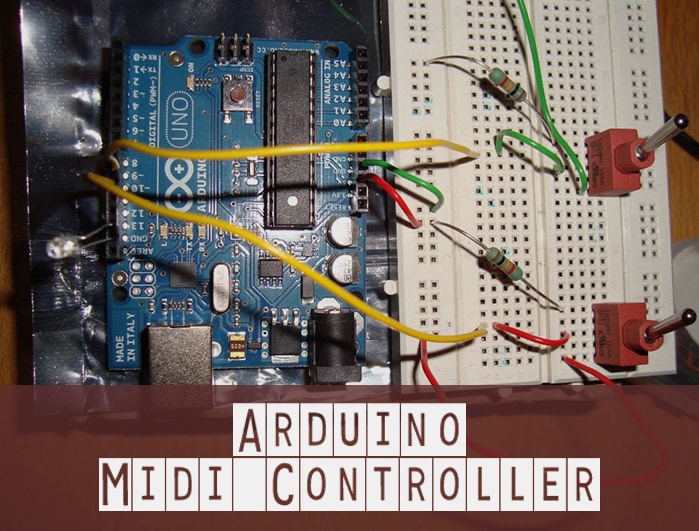
Should always be unique in your ESPHome network. Name ( Required, string): This is the name of the node. It does not store any personal data.# Example configuration entry esphome : name : livingroom comment : Living room ESP32 controller esp32 : board : nodemcu-32s Configuration variables: ¶ The cookie is set by the GDPR Cookie Consent plugin and is used to store whether or not user has consented to the use of cookies. The cookie is used to store the user consent for the cookies in the category "Performance". This cookie is set by GDPR Cookie Consent plugin. The cookie is used to store the user consent for the cookies in the category "Other. The cookies is used to store the user consent for the cookies in the category "Necessary". The cookie is set by GDPR cookie consent to record the user consent for the cookies in the category "Functional". The cookie is used to store the user consent for the cookies in the category "Analytics". These cookies ensure basic functionalities and security features of the website, anonymously. Necessary cookies are absolutely essential for the website to function properly. Have you ever created your own custom MIDI controller? If so, leave a comment below. There are plenty of uses for a MIDI controller - from a studio controller to a foot-controlled unit. MIDI_CREATE_INSTANCE(HardwareSerial,Serial, midiOut) // create a MIDI object called midiOut Next, connect the Arduino to your computer and upload the following test code: You’ll also need a program to monitor the incoming MIDI data:
#ARDUINO MIDI CONTROLLER CODE#
Once you have installed the Library, you can include it in your code by going to Sketch > Include Library > MIDI. This project uses the Arduino MIDI Library v4.2 by Forty Seven Effects. Because your computer receives the data, it’s the input. The MIDI port wired on the breadboard will send data, so it functions as the output. You’ll need a USB-MIDI interface and a MIDI cable.

Once the hardware is finished, it’s time to get testing.

Take these steps to wire up your MIDI socket: In the original design, the circuit was built on a breadboard, but it’s possible to transfer it to a project box and soldered connectors for a robust solution. This project consists of two buttons to control the program, a MIDI port to send the data, and a device to receive the messages. Because only three pins are needed, almost any Arduino is suitable. Once you have your equipment gathered, it’s time to begin. Here’s what you’ll need to build your own MIDI controller: Like CC messages, manufacturers should provide a document outlining what presets are changed by a particular message.
#ARDUINO MIDI CONTROLLER PATCH#
PC messages consist of a single number, and are used to change the preset or patch on a device. PC messages are simpler than CC messages.
#ARDUINO MIDI CONTROLLER HOW TO#
Devices that accept MIDI should come with a manual explaining what channels and messages are set by default, and how to change them. These messages are typically used to change settings such as volume or pitch. But before beginning, be sure you know that there are two main types of MIDI messages: Control Change (CC) and Program Change (PC).ĬC messages contain a controller number and a value between 0 and 127.

If you’re experienced, get ready to tackle this design. If you’re unfamiliar with the Arduino, you should check out tutorials on how to use the board. With an Arduino Uno, this project is simple and quick. How do you do such a thing, you ask? With the open-source electronic prototyping platform known as the Arduino. Attention musicians everywhere! You can make music much more original by making every note of it truly yours by creating your own custom musical instrument digital interface (MIDI) controller.


 0 kommentar(er)
0 kommentar(er)
